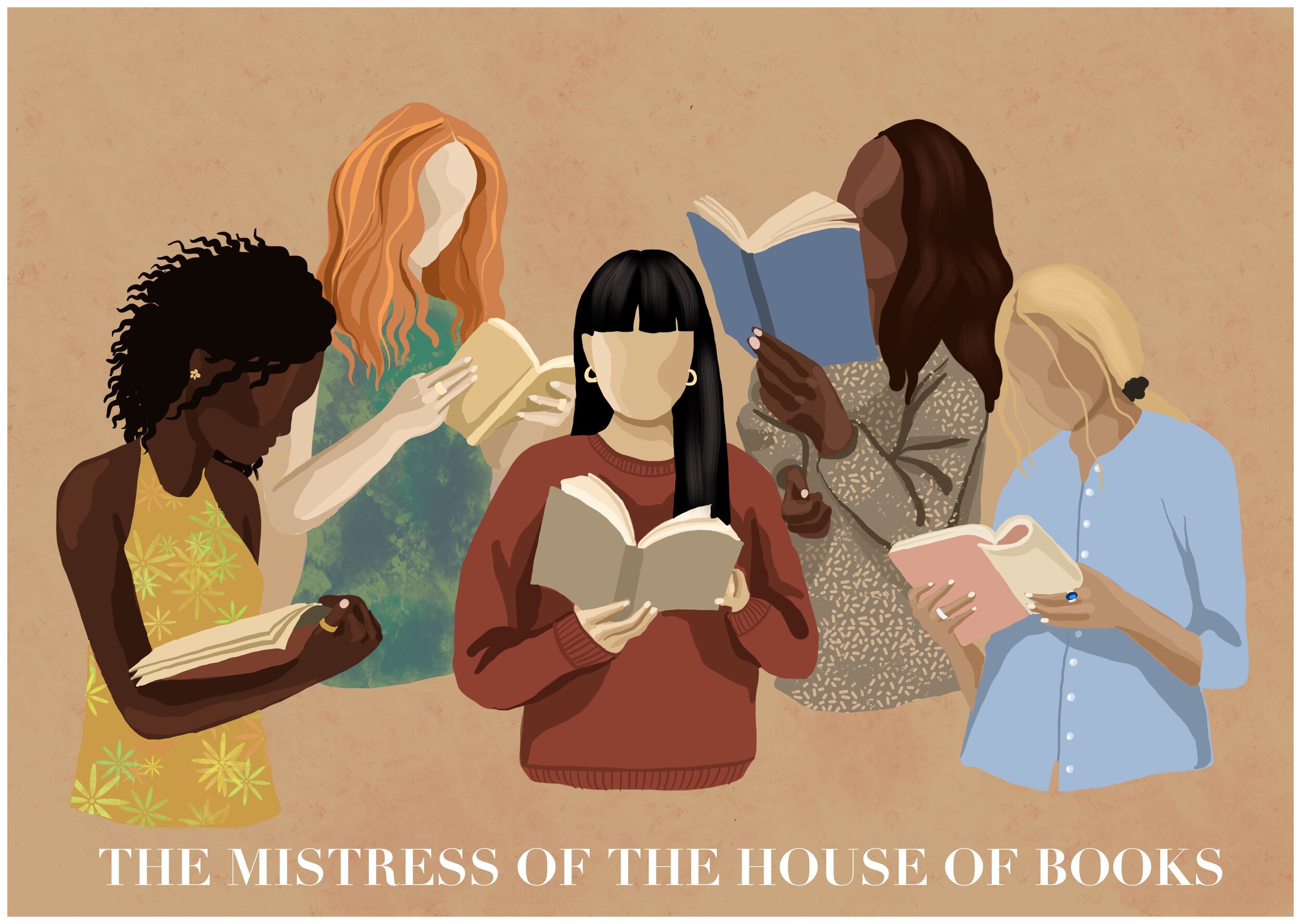Review: A Room Of One's Own by Virginia Woolf
Whenever I read a book that I consider to be from a different era, I try to prepare myself. Don’t get me wrong, I’m all for reading ardent letters written by lovers separated by the immensity of the ocean and devouring descriptions of glamorous Victorian fashion. I enjoy getting a glimpse of what the world was like when people pursued instead of swiping right and posed for portraits instead of flaunting filters. However, it is a challenge to read literature of times where racism, ableism, sexism, and all the awful –isms were completely normalized and hardly ever questioned.
I decided that classic literature was not my thing after repeated instances of being completely infatuated with a character’s strength and rebellion only to be deeply disappointed with their narrative’s resolution. When Little Women’s insurgent heroine Jo March gets a fairy-tale wedding even though it is so clear that she wishes otherwise, or when Peter Pan’s bright and adventurous Wendy Darling is burdened with the chores of the Hangman's Tree and expected to assume a maternal role for all the lost boys when the reader knows that she would defeat the pirates so much faster than any other character. In my head, most of the books written up until the mid-twentieth century were outdated and problematic, which made me neglect a whole lot of bookshelves at the library.
What started as a practice that helped me diversify the themes of the books that I read ended up being a colossal obstacle to encountering distinguished, ground-breaking, ahead-of-their-time works. This bump on the road led me to, as my gender studies professor put it, commit the ultimate feminist sin: I had still not read Virginia Woolf’s A Room of One’s Own.
This book, which was written nearly a century ago, was nothing like its contemporaries that I was familiar with. It was not a story about a delicate damsel in distress, it was about a damsel with a superpower that allowed her to question everything around her and gave her a voice to denounce the inequalities and injustices that she spotted. The best part about this woman was that she was real: she was not a work of fiction, but the author of this renowned piece of prose.
A Room of One’s Own was such a progressive book that I don’t think it fits any of the existing genres of its time. Though, to be fair, it was not originally written to be published as a book. As its introduction discloses, this text was adapted from a lecture that Woolf gave at a couple of British colleges in 1928. Written in the first person, Woolf narrates the days that led up to her speaking at these events in a stream of consciousness fashion. It showcases the author’s raw frustration and indignation as she reflects upon the role of women compared to that of men throughout history and in her everyday reality.
The prompt she was provided with for her lecture, “Woman and Fiction” serves as a pair of glasses through which she can easily identify patriarchal practices in daily activities that one may consider mundane, such as visiting the local library or having tea with an old friend. As a reader, one gets a peek into the workings of the author’s mind and all the domestic incidences that lead her to condemn and rebuke overlooked unfair aspects of life such as gendered practices and an undemocratic political organization.
As I flew through its pages, I realized that these essays were probably some of the earliest forms of privilege checks in history. Through a powerful quest of self-questioning and reflection, Woolf acknowledges that without some of the arbitrary conditions of her life, such as a steady income, or as the title of the book signals, a room of her own, she would have never been able to live her life the way she did: writing for a living.
By no means is it my intention to glorify this work. I was indeed astonished as to how eloquently Woolf exposes the historical exclusion of women and how she recognizes that other factors of social positionings, such as class, influence this exclusion, something that vaguely resembles what we know today as intersectionality. I did find myself wishing that she took her analysis a step further and dissected other socially relevant themes such as race, ethnicity, and sexual identity in true Kimberlé Crenshaw-fashion.
But overall, to my surprise, I was utterly wrong. This book taught me so much, not only about pioneering feminist thought but also about how literature, even if seemingly outdated at first sight, can serve as a mirror to the challenges that we face as a society nowadays and hopefully the valuable lessons that these hold can put us one step closer to tackling them once and for all.
In an effort to support Bookshop.org, this post contains affiliate links. We may receive a commission for purchases made through these links. Thank you for the support!

